Bachelor Diploma Projects at the Engineering City

Study of the Method of Reduction Antenna Side Lobe Level for EP System
Student: Tigran Antonyan
Degree: Bachelor 2022
Professor: Hovhannes Gomcyan
Technical Advisor: Ararat Stepanyan
Industry: Antijamming Technology for Unmanned Aerial Vehicles (UAV)
The vulnerability of receivers to jammers is a major concern because of the extremely weak received signal power in the Global Positioning System (GPS). The purpose of this work is to design antenna and antenna array based on the side lobe level reducing method for UAV antijamming systems.
During the diploma thesis, numerous methods of antenna design has been researched for GPS electronic protection. Microstrip antenna with a maximum low side lobe level and a corresponding reflector for avoid side lobe have been developed and simulated in the software environment. The simulated antenna was prepared and tested with NI PXIe-5630 vector network analyzer․
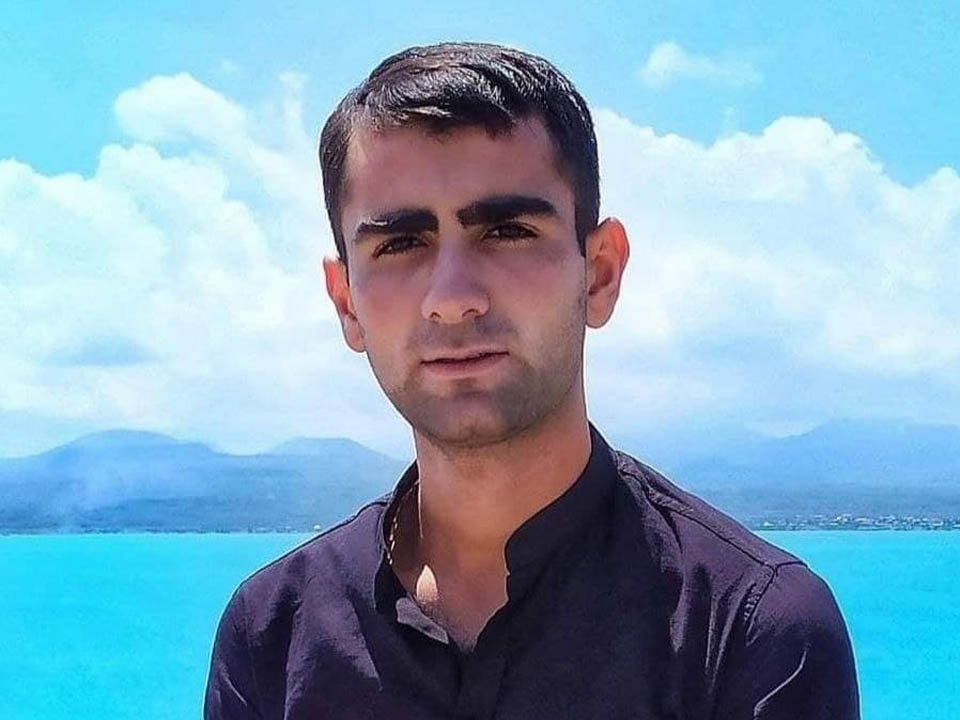
RF Receiver Design for N3 Band 5G Application
Student: Rafayel Khachatryan
Degree: BSs, 2022
Professor: Beniamin Badalyan
Industry Advisor: Norayr Harutyunyan
Industry: 5G Receiver Devices Characterization
During the thesis, a 5G radio receiver operating in the N3 band(1710-1880MHz) was studied, developed, and designed. The range of applications extends from communication systems to IOT (Internet of Things) systems. During the design phase of the receiver, off-the-shelf industrial components will be selected. In the design phase, the transmitter with the selected components will be simulated in modern software environments. After was done design and testing of receiver cascades. The results will be compared with simulated results.
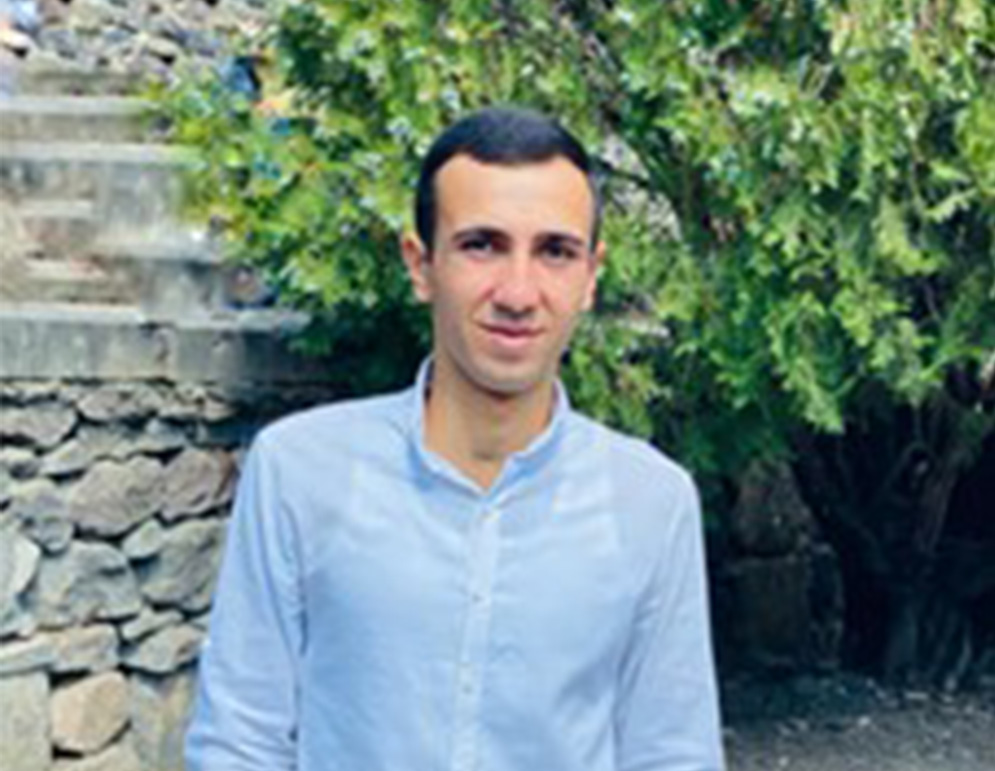
Automotive Keyfob Receiver Production Test System Design
Student: Harutyun Hambardzumyan
Degree: BSs, 2022
Professor: Hovhannes Gomtsyan
Industry Advisor: Tigran Manukyan
Industry: Testing systems
The requirements are to research test methodologies and test requirements for Automotive Keyfobs and their receivers and to design an Over-the-Air (OTA) Test System for Keyfob Receiver ECU Production.
One of the most important requirements of the modern testing system is multifunctionality and boost. Projected system will do the testing for the software part of the receivers. During the work will be used LabVIEW and TestStand programming package
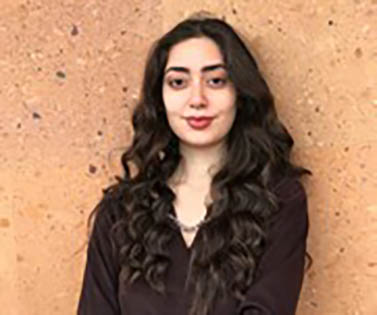
The Measurement And Calibration Of Automotive Radar’s Parameters In The Production Process
Student: Nelli Harutyunyan
Degree: BSs, 2022
Professor: Surik Khudaverdyan
Technical Advisor: Gurgen Mardoyan
Industry: Testing systems
Automotive RADARs included in Advanced Driver Assistance Systems (ADAS) play an important role in the modern automotive industry.
Within the scope of the work a system will be designed and developed, for antenna radiation pattern calibration as well as power, occupied bandwidth and antenna radiation pattern measurement during the production test process.
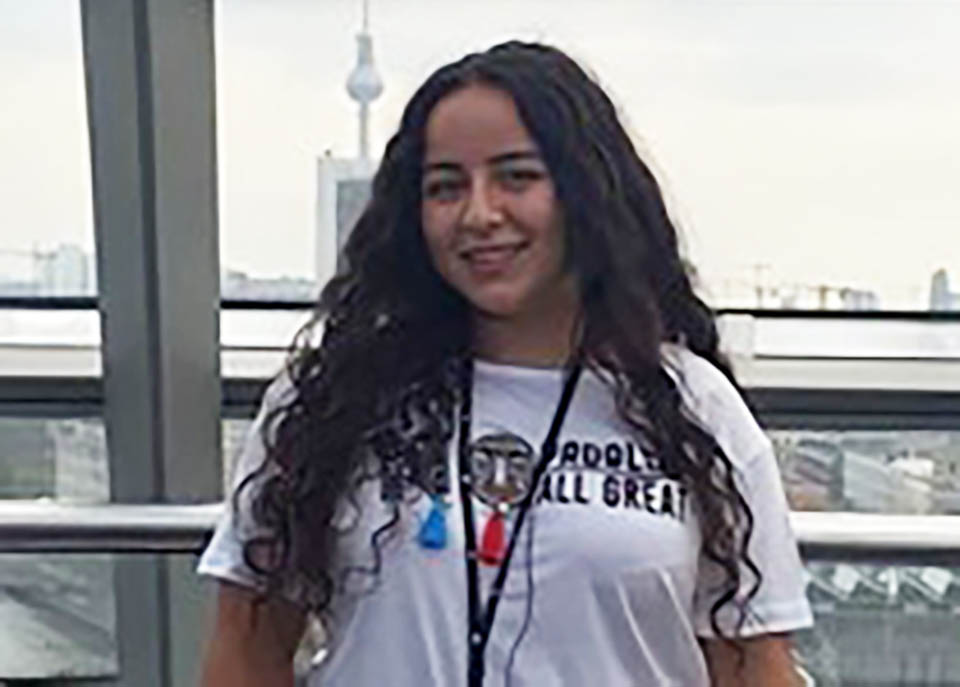
Near Field Antenna Measurements
Student: Irina Poghosyan
Degree: BSs 2022
Professor: Martin Ayvazyan
Technical Advisor: Susanna Tadevosyan
Industry: Measurement systems
The purpose of this work is to study many methods of measuring antennas. Design an antenna using the Feko program. Take measurements in the nearest and farthest zones. Place the results obtained by Feko in the LabVIEW program in the nearest zone to get the remote zone. Finally, for testing, we need to compare the results obtained by Feko with the results obtained by LabVIEW.
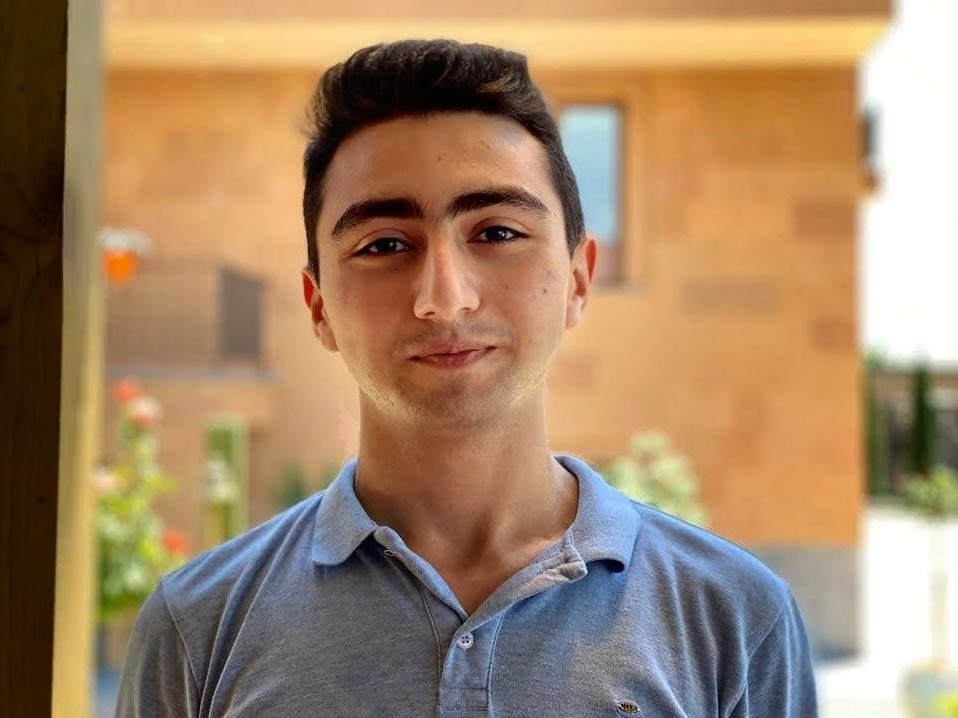
High Power RF Amplifier Design
Student: Rafael Hakobyan
Degree: BSs, 2022
Professor: Svetlana Gomcyan
Technical Advisor: Mher Minasyan
Industry: High power RF amplifiers
The aim of the thesis is to design, develop and to characterise high power RF amplifier with a central frequency of 3 GHz, bandwidth of 700MHz and 45 W power.
The design was based on a high-efficiency and high-power transistor with unmatched gallium nitride (GaN) high electron mobility transistor (HEMT) which allows to make up to 4 GHz broadband matching.
The design and specification optimization was implemented through modern computer modeling software.
The PCB, cooling and power supply systems was developed after reaching the satisfactory results.
The final device was validated and characterised, then datasheet was prepared.
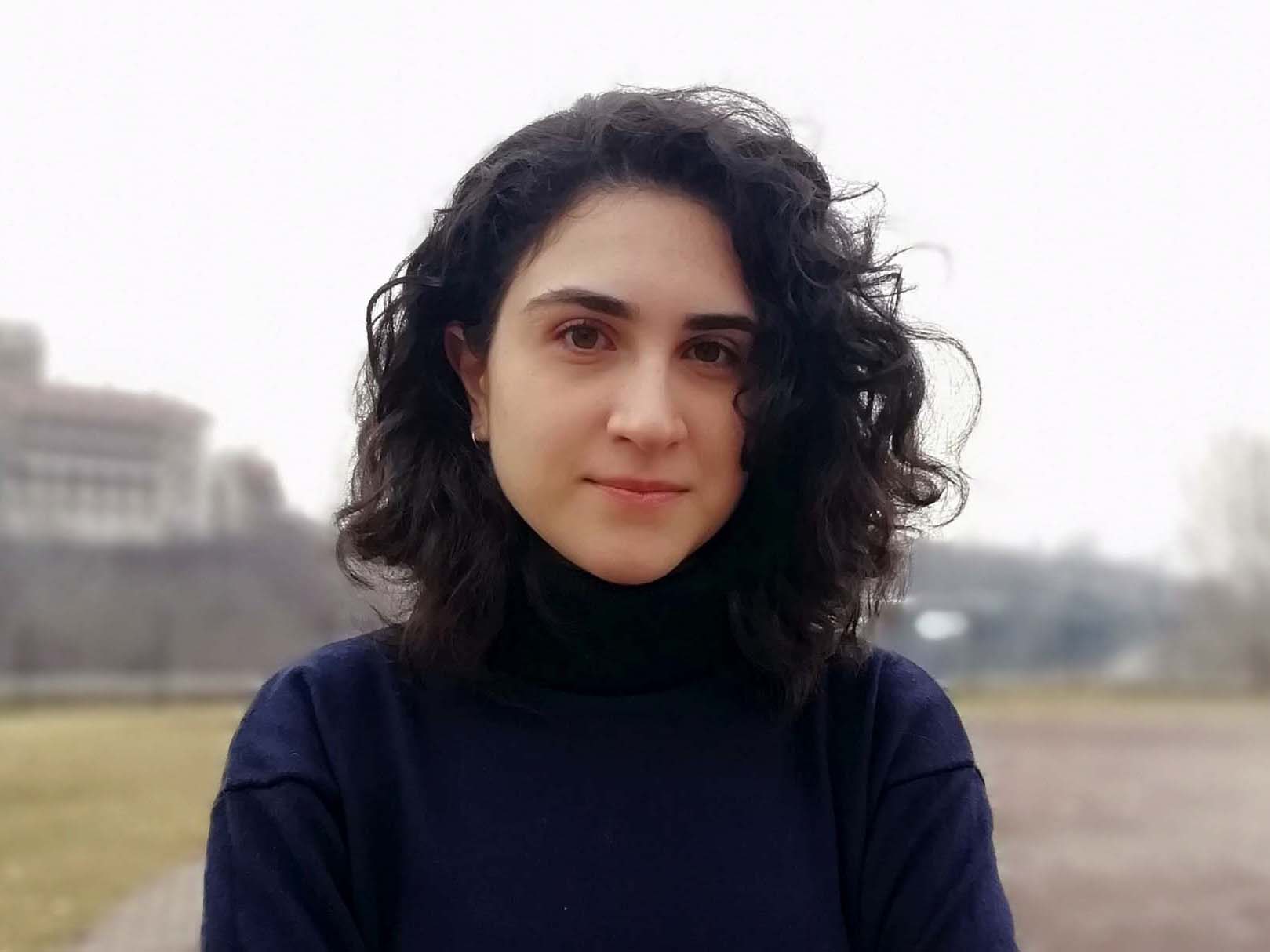
Mechanical Ventilator and Development of Pressure Control Mode
Student: Sona Babayan
Degree: BSs, 2021
Professor: Harutyun Dashtoyan
Industry Advisor: Hripsime Harutyunyan
Industry: Medical Devices
Medical ventilators are an integral part of medical devices. These devices are used to support and also to provide natural breathing. Modern breathing devices are equipped with intelligent control systems that allow you to take into account the characteristics of the human body to prevent the impact of a number of negative effects. In the framework of the final work, was studied the structure of the breathing apparatus, the control mechanisms, the pressure system of the device and the algorithm.The LabVIEW and MatLab Simulink where used in this work.

Design of Intelligent Control Unit for Device for Detecting Hidden Objects Inside the Walls
Student: Vahe Israyelyan
Degree: BSs, 2021
Professor: Gurgen Bareghamyan
Industry Advisor: Norik Sargsyan
Industry: Consumer Electronics
The purpose of this work is to design and prototype an intelligent control device that will remotely control equipment for scanning objects hidden in the wall (wood, metal, power wiring), read the measurement results, and will have the following main features:
- Communicate with Bluetooth-enabled devices (such as a smartphone),
- Define the spatial position using the 9 DOF sensor to reflect the shape and location of objects hidden inside the wall.
- Communication with at least two external devices (data exchange and management) via UART serial interface.
During the work, Bluetooth 5 enabled SoCs (NRF 52 Family) and 9DOF sensors (LSM9DS1) are studied.
An algorithm has developed to determine the shape and location of the objects behind the wall.
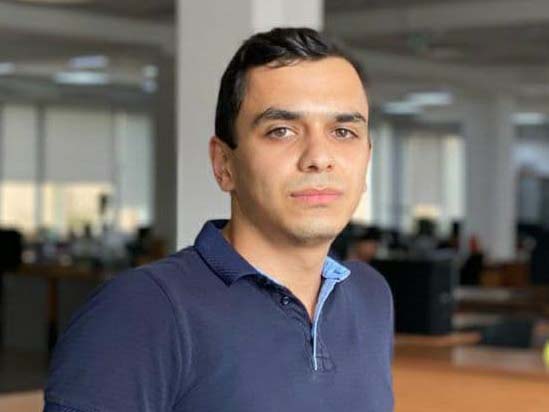
Design of a Device for Objects Detection Inside the Walls Based on Capacitive Sensors
Student: Vladimir Abramyan
Degree: BSs, 2021
Professor: Sergey Mamyan
Industry Advisor: Bili Minasyan
Industry: Consumer Electronics
Objects detection inside the wall is widely used technic in the world. Such devices enables to detect wires, pipes and other objects inside the wall without damaging them during the installation work. Some of these devices operates based on capacitive sensors.
The purpose of this work is to design an array of capacitive sensors and a circuit for measuring capacitance, which will used in a device for objects detecting inside the wall. Initially, the types of capacitive sensors and the principles of their operation were investigated. Then a capacitive sensors array designed, modelled and optimized in a computer based modelling environment․ Based on the simulation results a measuring circuit was designed with NI Multisim to measure the sensors array capacitance․
Based on the design, a prototype of sensors array and a measuring circuit where developed and validated.
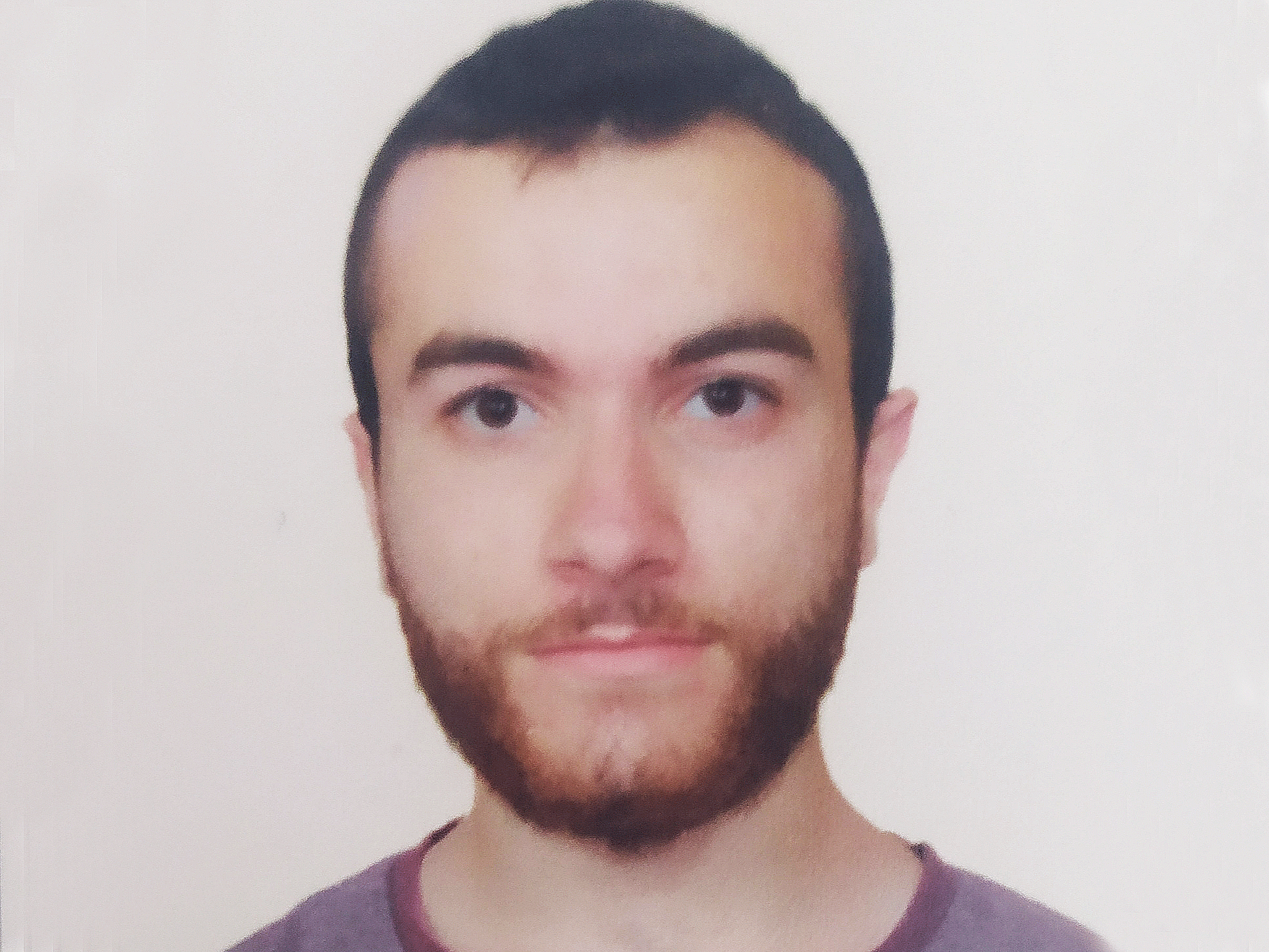
Calibration of OTA Power Measurement for mmWave
Student: Davit Hovhannisyan
Degree: BSc, 2020
Professor: Benyamin Badalyan
Technical Advisor: Susanna Tatevosyan
Applicaiton: OTA Characterization of Semiconductor Devices
One of the methods used to study the parameters of antennas or other devices of wireless systems is the collimator measurement method (CATR). One of the main features of CATR is the analysis of antenna parameters in the near field zone by providing a plane wave. This work reviews the calculation of power losses during measurements in CATR testing systems. The calibration of such systems was also considered. The components of the testing system were analyzed, the power loss formula was derived, which was implemented in the designed software. To verify the accuracy and reliability of the software, the results were compared with the simulation results of an accurate model of a testing system.
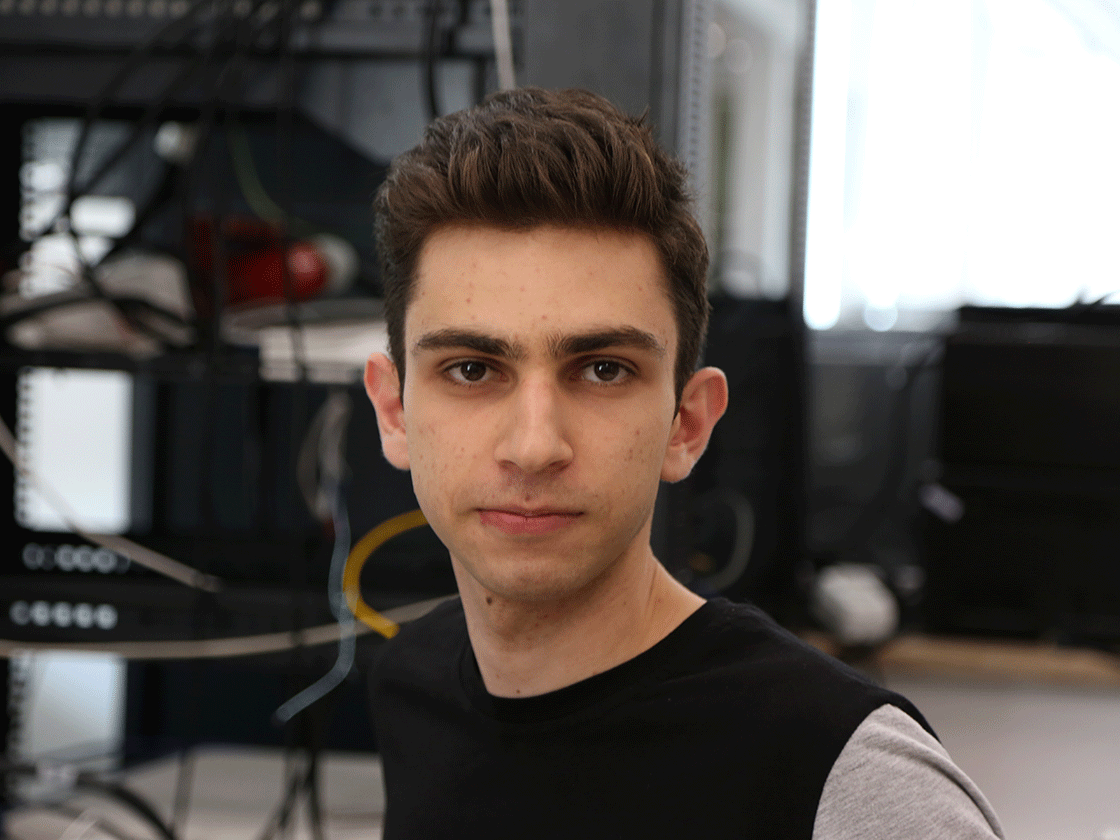
77 GHz Automotive Radar IC Characterization
Student: Grigor Tsaturyan
Degree: BSc Diploma Project, 2020
Professor: Lia Movsisyan
Technical Advisor: Armen Hakobyan
Application: Automotive Radar Semiconductor Devices Characterization
The aim of the work is to obtain the characteristics of the 77GHz automotive radar’s integrated circuit (IC) with the help of a testing system. Types of automotive radars and the reasons for their choice of frequency ranges have been considered. The types of radar according to the signal used and their working principles were studied. The nodes of the scheme of the 77 GHz radar’s integrated circuit, the requirements for the testing system were explored, as well as the coherent testing system was developed. With the help of the developed testing system, the characteristics of the IC were measured and the results of the measurements were presented.
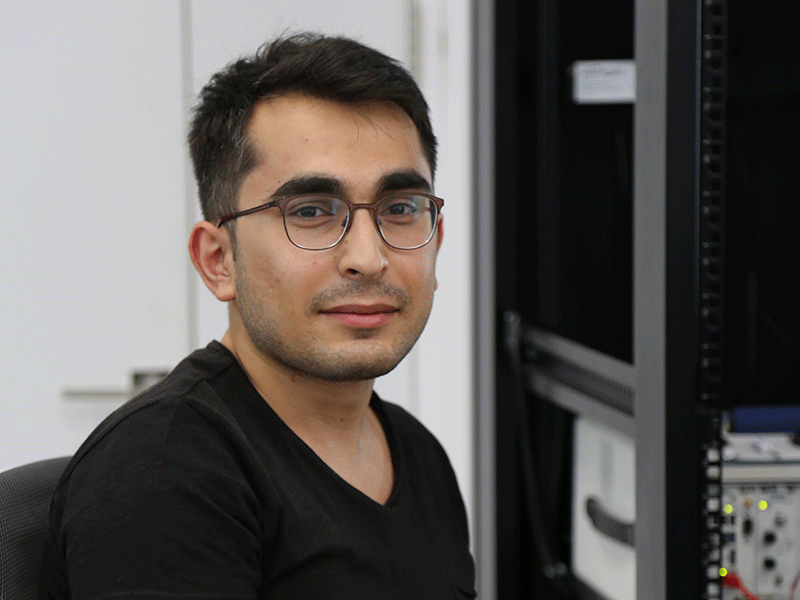
RF Power Amplifiers Performance Characterization for 5G Networks
Student: Samvel Antonyan
Degree: BSc Diploma Project, 2020
Professor: Lia Movsisyan
Technical Advisor: Mher Minasyan
Application: 5G Semiconductor Devices Characterization
Technologies like digital pre-distortion (DPD) and envelope tracking (ET) are driving significant complexity into testing modern RF power amplifiers. As a result, engineers must engage increasingly sophisticated test practices to characterize modern RF amplifiers without increasing test cost or test time.
As part of the final diploma project, a study was conducted on methods for increasing the efficiency of RF amplifiers, in particular, on digital pre-distortion and the best methods for testing power amplifiers. The AM/AM, and AM/PM measurements of the power amplifier were tested using the PXIe-5840 vector signal transceiver.

Study and Design of Millimeter Range Broadband Reflectors for Wireless Measurements using the CATR Method
Student: Zarine Simonyan
Degree: Diploma Project, 2020
Professor: Hovhannes Haroyan
Technical Advisor: Tigran Manukyan
Application: OTA Characterization of Semiconductor Devices
During the Thesis research, studies were conducted on CATR (Compact Antenna Test Range) method, and the within implemented mirror reflectors. For the testing of 5G devices, a feed antenna and an offset Reflector, which is the most important component of the apparatus, were shaped using the CATR method. With the usage of FEKO-software in frequencies of 28 and 39 GHz, the offset reflector was reshaped, designed and calculated. As a result, amplitude and the phase distributions were obtained in a “Quiet Zone”.
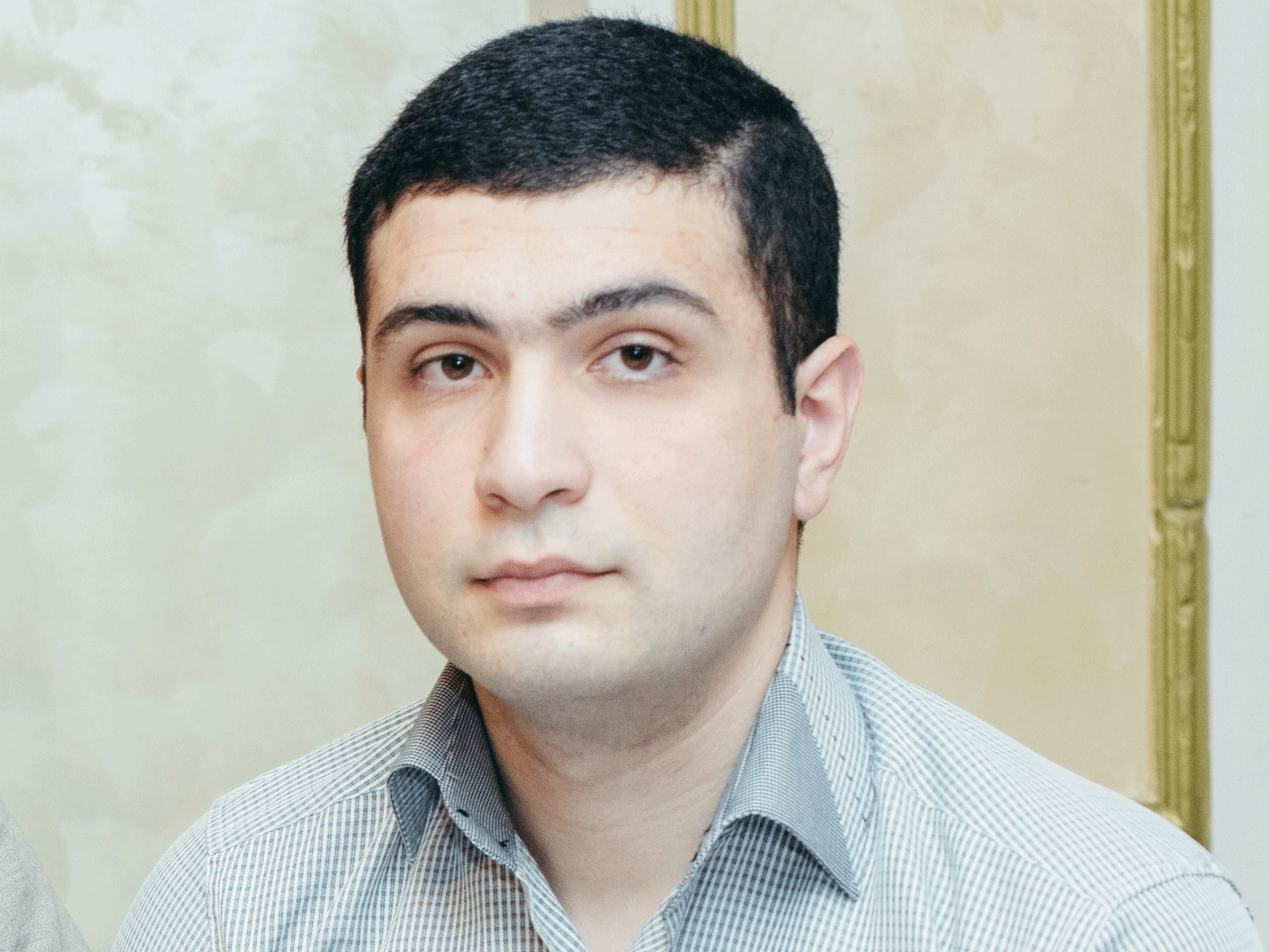
Development of a Method for Measuring the Radiation Pattern of a Millimeter Wave Antenna Using Fresnel Lens
Student: Gagik Manukyan
Degree: BSc, 2020
Professor: Arsen Babajanyan
Technical Advisor: Davit Nersisyan
Application: Wireless Communication
The article presents the main systems operating in the millimeter range, their significance, current and further possible application in everyday life, the advantages and disadvantages of information transmitting in 5th generation communication:
Mentioned the concept of antenna radiation pattern, basic measurement methods. The types of lenses, their possible effects, and their compatibility with antennas were studied, and the use of a Fresnel lens with an antenna system is considered to develop a method for measuring antenna patterns: It turns out that if the lens is zoned (thus reducing the size and removing most of the mass, which also leads to unnecessary losses due to absorption), the wavefront changes will depend on the size of the lens, the geometric structure of the lens, the radiation frequency, and the type of lens material: By choosing a lens with the appropriate characteristics, we can theoretically calculate a system that can measure the power flux density without moving the test and reference antennas or changing the angle: This method will allow us to get rid of the heavy mechanical parts in OTA (Over The Air) systems and reduce the anechoic chamber.
Master Theses at the Engineering City
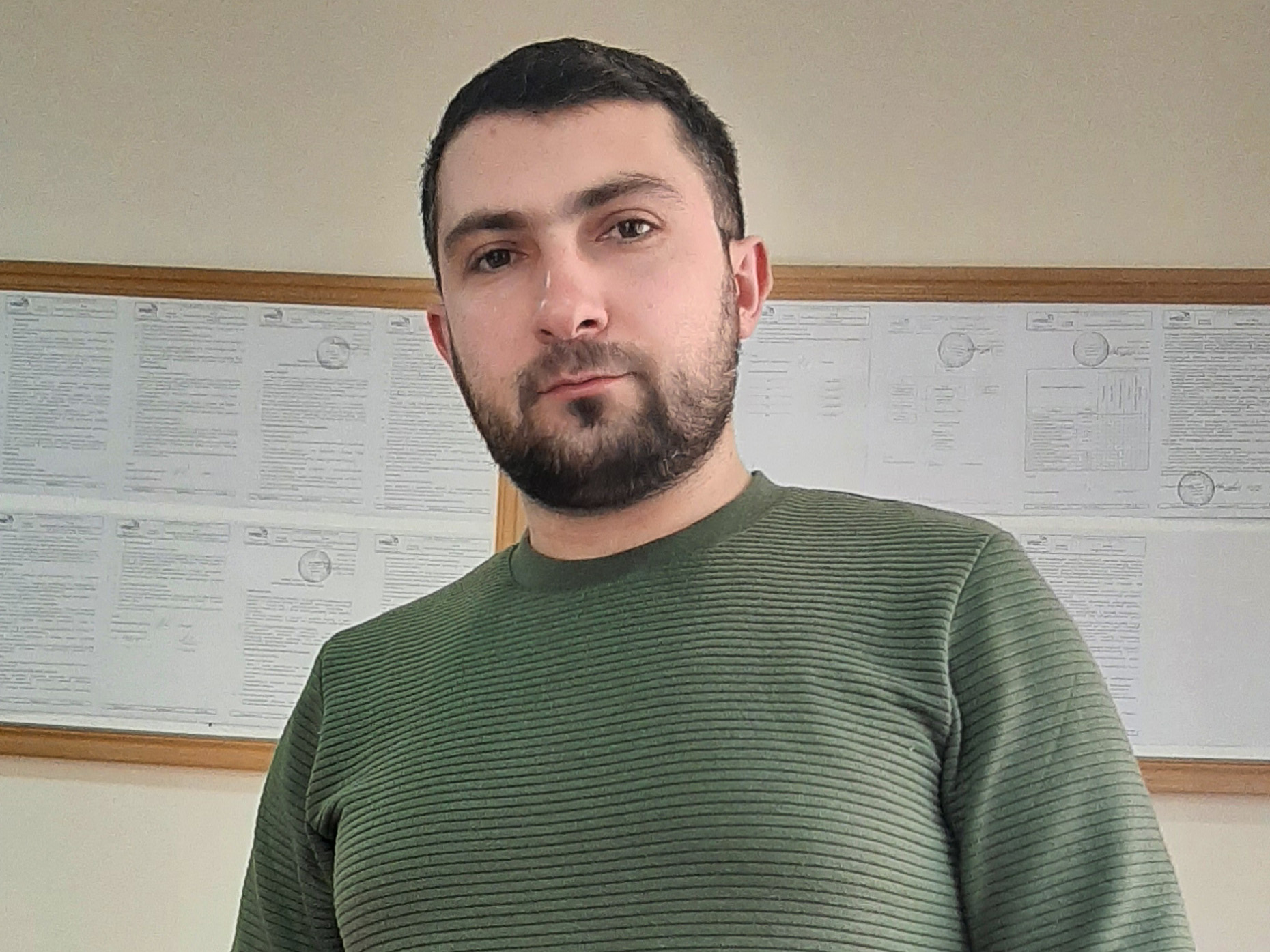
Production Management Culture as a Tool For Leveraging Productivity
Student: Yerjanik Arakelyan
Specialization: Industrial & Systems Engineering
Degree: MSc Thesis, 2022
Supervisors: Artavazd Tadjosyan, Sarik Ghazaryan
Industry Advisor: Andranik Meliksetyan
Industry: Industry 4.0
Explore and apply production process organization styles methods, automated production organization tools and Industry 4.0 tools to enhance productivity.
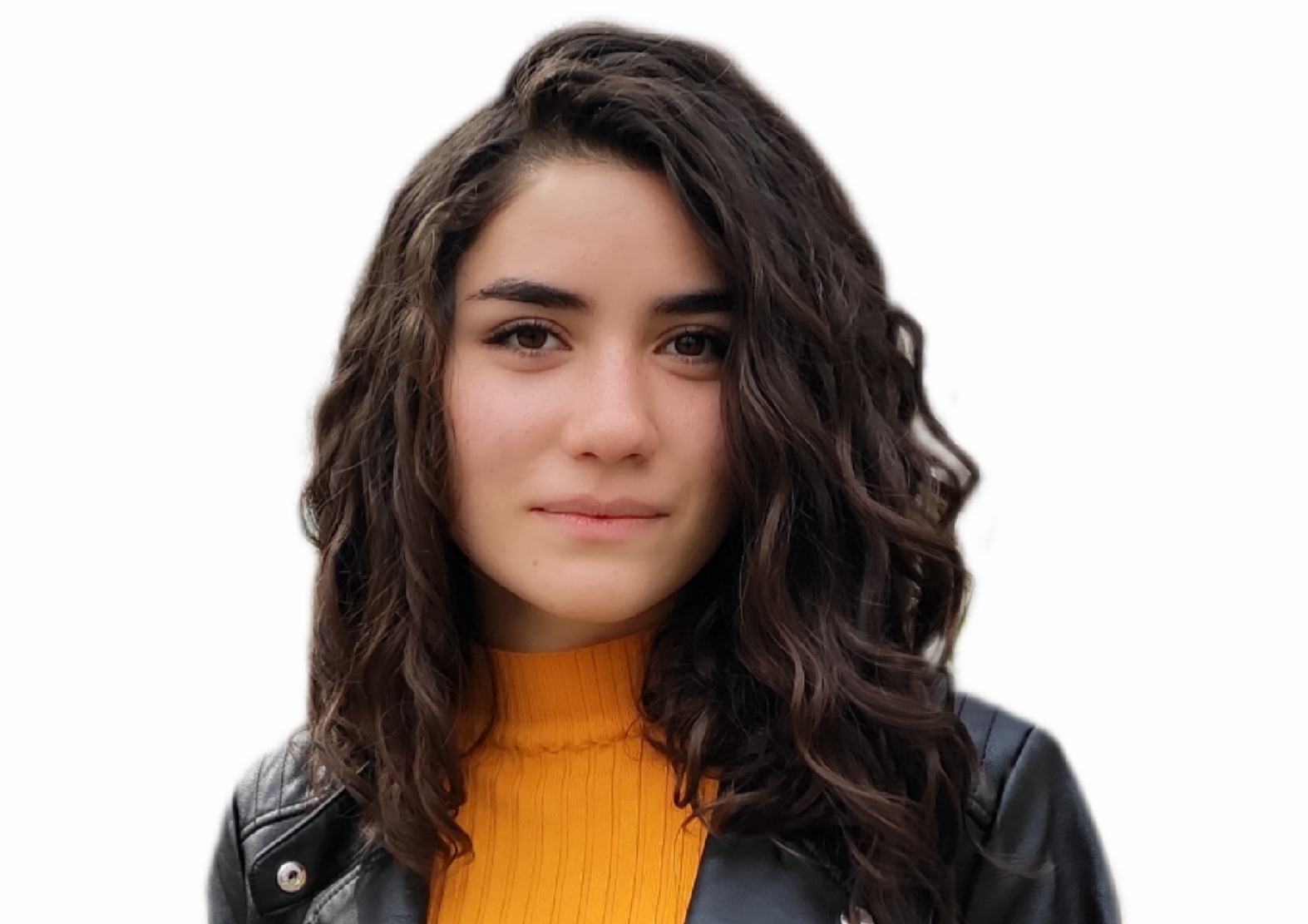
Application of Neuron Networks in Production Processes
Student: Gayane Hakhinyan
Specialization: Industrial & Systems Engineering
Degree: MSc Thesis, 2022
Supervisors: Gohar Shushanyan, Amalya Mkitaryan
Industry Advisor: Hovhannes Avagyan
Industry: Production Management
Use neural networks for work with large amounts of data in production processes, information analyze, cluster grouping, and quick decision-making.

Effective Management of Urban Transport Information Flows
Student: Tatyana Avagyan
Specialization: Industrial & Systems Engineering
Degree: MSc Thesis, 2022
Supervisors: Gevorg Arevshatyan, Azatuhi Ulikyan
Industry Advisor: Azatuhi Ulikyan
Industry: Traffic Control
Study urban transport information flows and develop a model for managing those flows taking into account both technical and economic components.

Organization of UAV Manufacturing and Modeling of Economic Efficiency
Student: Kristine Kocharyan
Specialization: Industrial & Systems Engineering
Degree: MSc Thesis, 2022
Supervisors: Karine Khachatryan, Andranik Aghajanyan
Industry Advisor: Hovhannes Avagyan
Industry: Production Management
Study and develop an organizational model for serial production of unmanned aerial vehicles, ensuring its economic efficiency.

Business Model Development for Mold Production
Student: Anush Muradyan
Specialization: Industrial & Systems Engineering
Degree: MSc Thesis, 2022
Supervisors: Vahe Odabashyan, Serob Muradyan
Industry Advisor: Aram Ghukasyan
Industry: Business Management
Develop a business model for the production of molds, which will also include the financial component to calculate the profitability of the product for the implementation of the manufacturer-customer orders.
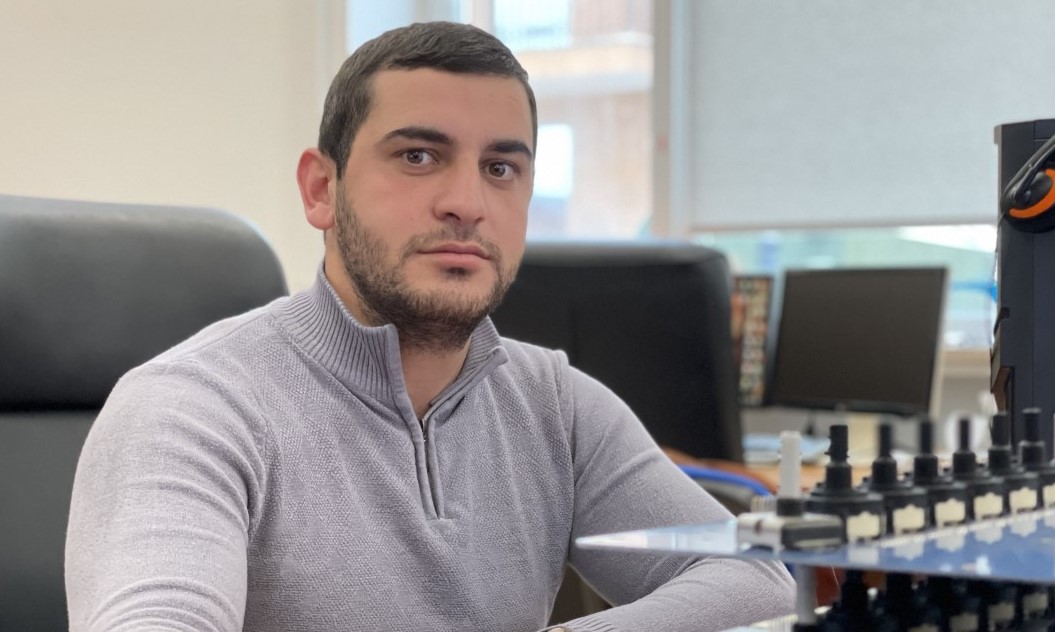
Organization of Manufacturing of UAV․ Logistics, Processes And Management
Student: Gevorg Aghabekyan
Specialization: Industrial & Systems Engineering
Degree: Master, 2020 MSc Thesis, 2022
Supervisors: Karen Turyan, Andranik Aghajanyan
Industry Advisor: Hovhannes Avagyan
Application area: Industrial and System Engineering
Industry: Production Management
Study and develop the means of organizing the production of unmanned aerial vehicles, including logistics. Solve the problem of optimal management.

A Design of Higher Order Harmonics Measurement Instrument for Using in Mobile Base Stations and it’s Applications in RF IC Testing
Student: Samvel Antonyan
Degree: MSc Thesis, 2022
Professor: Lia Movsisyan
Technical Advisor: Mher Minasyan
Industry: RF Measurement Systems
Testing base stations used in modern communication systems causes certain difficulties due to built-in high power radio components. One of them is the measurement of unwanted higher harmonics, which becomes impossible while using a high power at the input of the analyzer due to the risk of failure of the analyzer's operating mode. In this article, a system will be developed that will allow accurate measurements of high harmonics when using high input powers.
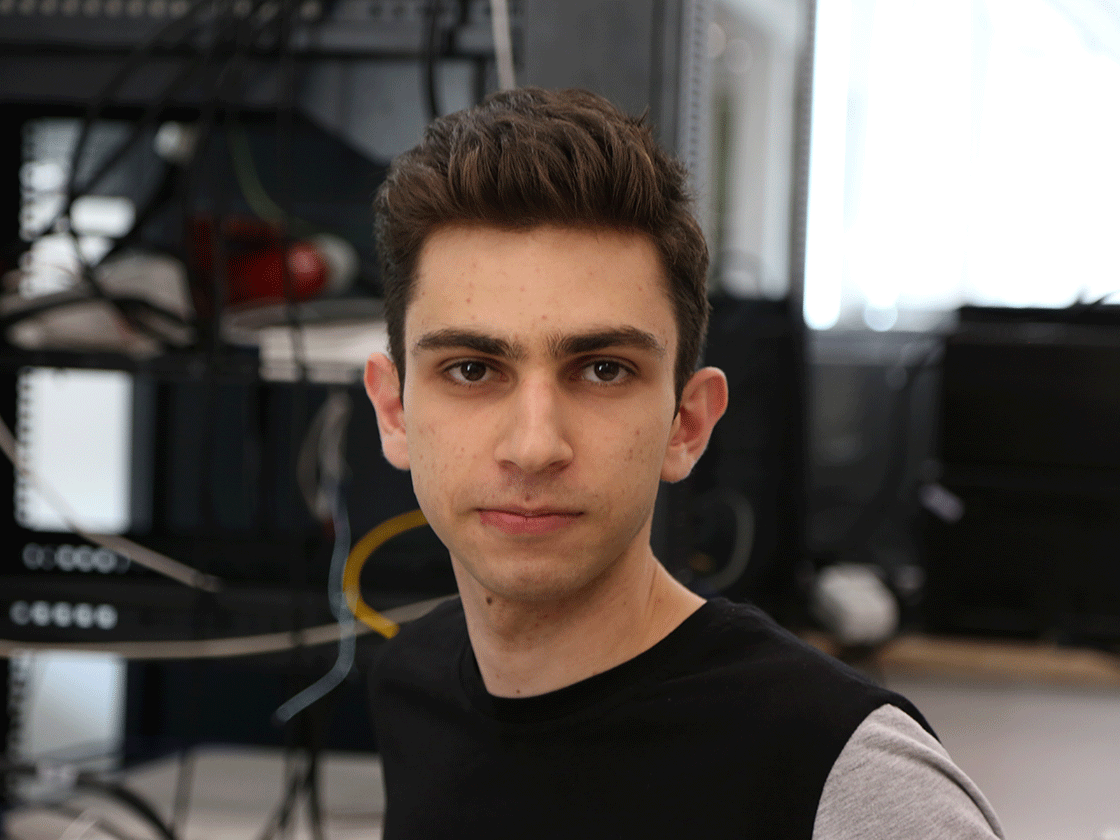
Development and Design of Transmission Working up to 6 Ghz
Student: Grigor Tsaturyan
Degree: MSc Thesis, 2022
Professor: Lia Movsisyan
Industry Advisor: Mher Minasyan
Industry: RF Instrumentation
As part of thesis design and development of a transmitter operating in the frequency range up to 6 GHz, whose range of applications extends from communications systems to drone jamming will be done. During the design phase of the transmitter, off-the-shelf industrial components will be selected and appropriate mathematical models will be used to verify that the required parameters for the transmitter are met. In the design phase, the transmitter with the selected components will be simulated in the AWR software environment. The design and preparation of the individual nodes of the transmitter will be done. The prepared assemblies will be tested and the test results will be compared with the simulation results.
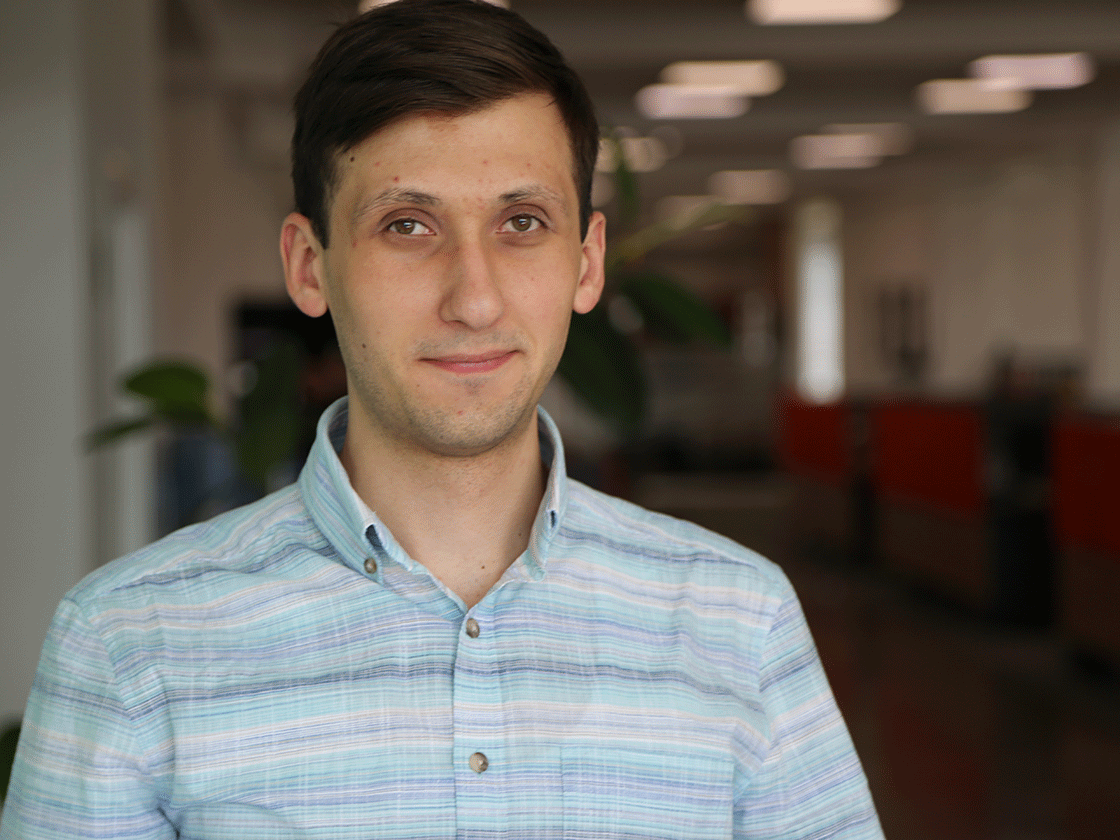
Anechoic Chamber Error Analysis for 5G OTA Measurements
Student: Edgar Umrikyan
Degree: MSc Thesis, 2020
Professor: Hovhannes Gomtyan
Technical Advisor: Mher Minasyan
Application: OTA Characterization of Semiconductro Devices
Cellular networks have undergone major transformations in recent years, and fifth-generation networks are no exception. Since 5G networks will also work in the millimetre wave range, and this, in turn, has led to a change in the architecture of the chips and more difficult testing, up to the application of new methods. In order to be able to carry out the correct measurements of such chips, testing should take place through over the air (OTA) and this should all take place in an anechoic chamber.
In the process of work: 5G networks, OTA measurement method and the nuances of the structure of the anechoic chamber were investigated. The work process involved designing the device under test (an antenna array with the size of 4x4) and designing an anechoic chamber. This was all implemented in the FEKO software environment. The main goal of this work is to design an anechoic chamber with maximum absorption. I plan to continue research on the basis of my calculations, to assemble and test an anechoic chamber in real conditions.
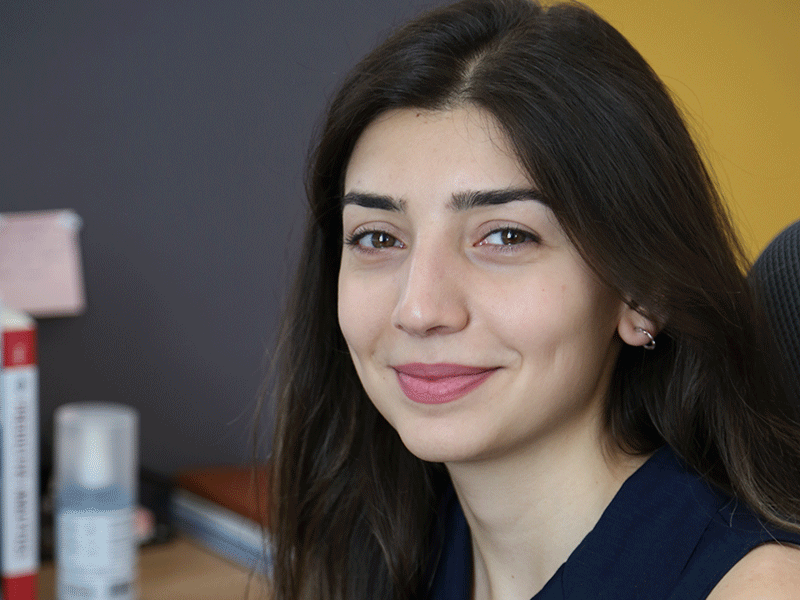
Machine Learning in Semiconductor Structures Failure Analysis at Wafer Production Level
Student: Anna Avetisyan
Degree: MSc Thesis, 2021
Professor: Serob Muradyan
Technical Advisor: Mary Boghosian
Application: Semiconductor Wafer Level Reliability Measurements
Machine Learning is being used as a tool for automatic defect classification, anomaly detection, and test process acceleration. My thesis work is to create Machine Learning algorithm and investigate its application in semiconductor structures failure analysis at wafer production level.

Development of a Measuring Probe for Wireless Measurements over Short Distances
Student: Levon Niazyan
Degree: MSc Thesis, 2021
Professor: Garegin Ayvazyan
Technical Advisor: Mher Minasyan
Application: OTA Characterization of Semiconductro Devices
Bluetooth technology has evolved over time. The Bluetooth standard works from 2.4 GHz to 2.4835 GHz, making it ideal for reliable and wireless transmission over short distances. The problem is how to test Bluetooth devices with a built-in antenna. There are two methods for testing Bluetooth devices: wireless (Over-the-Air OTA) and direct connectivity. OTA testing is a method used to predict the performance and reliability of a wireless device in the real world. The device under test is placed in free space inside the test chamber, where real situations are simulated. The device undergoes various testing conditions to check how the device responds in various situations. OTA testing is a way to ensure that designed or selected devices perform their tasks. During wireless testing, the tester and the device under test are connected via Bluetooth. The tester puts the device under test in test mode, then performs a series of tests and measurements. Calibration also plays an important role, which allows for more accurate results. The aim of the work is to develop a system that will allow to receive transmitted signals from semiconductor devices with built-in antennas.
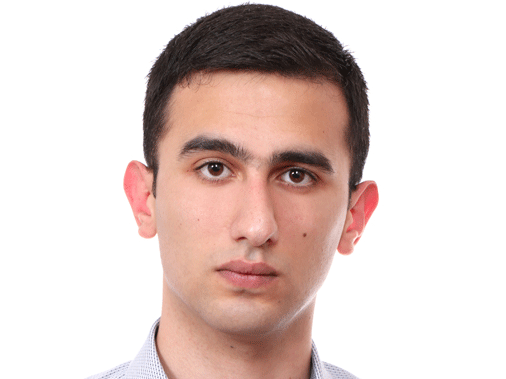
Development of the System for the Automatic Recognition of Digital Modulations
Student: Tigran Grigoryan
Degree: MSc Thesis, 2021
Professor: Lilit Khachatryan
Technical Advisor: Karen Vardanyan
Application: Wireless Communication
Every day a lot of modulation schemes are developed during the communication evolution. In parallel with this the need is growing to define modulation scheme of the received unknown signal. The main goal of the thesis is to develop a system to automatically recognize the modulation type of the received unknown signal. This problem is known as a "Modulation Classification" in engineering and there are several known methods to solve it. In this thesis work neural network was chosen as a preferable method to solve this problem. This approach is considered to be the most modern one which enables to reduce the duration of signal processing and recognition of the type of modulation. The LabVIEW software environment, FPGA controller and NI USRP system will be used to accelerate neural network processing and validate recognition logic.